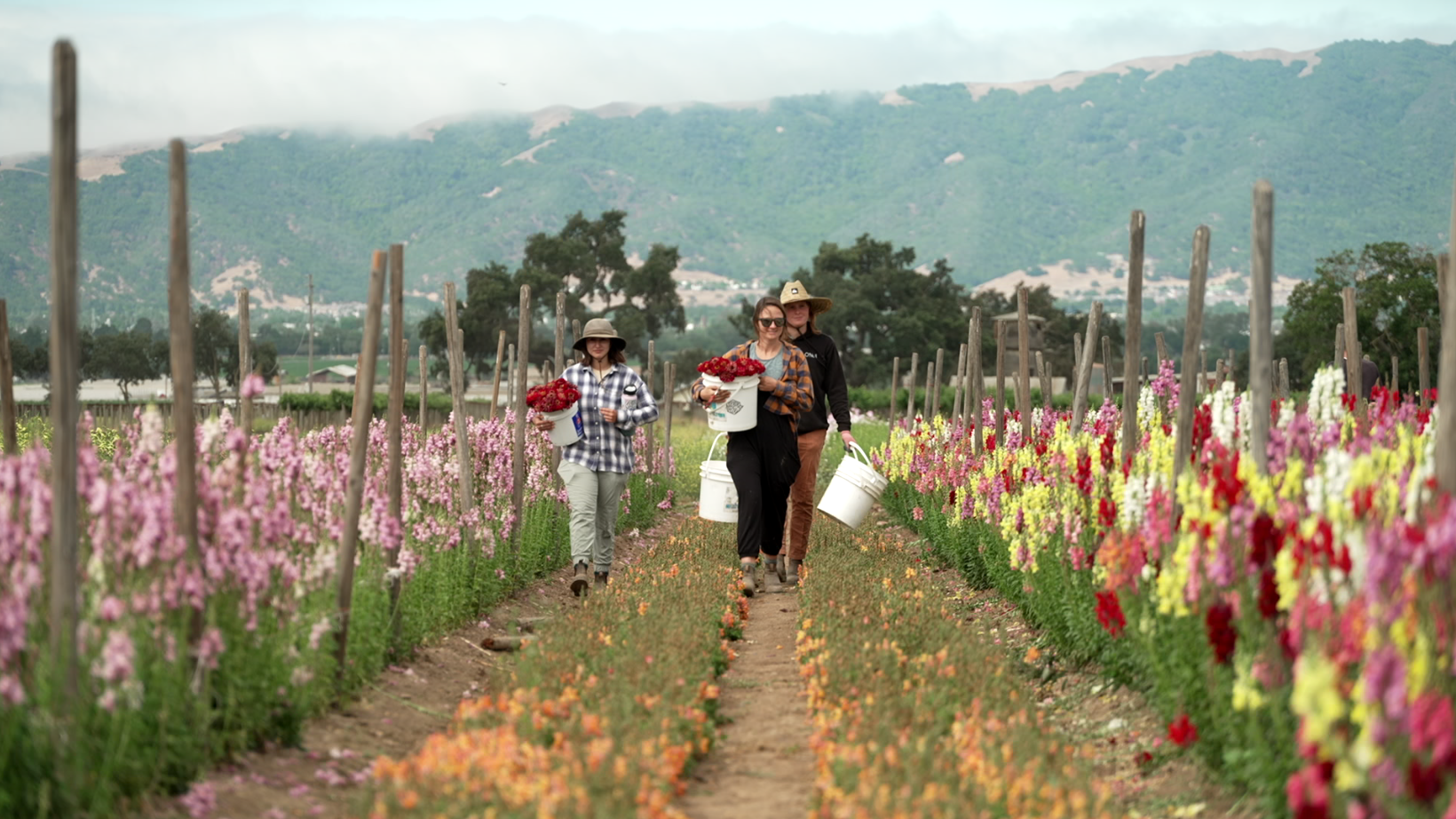In late May, the California State Assembly passed AB 408, a bill that holds great promise for supporting climate-resilient agriculture in California. If AB 408 is successfully passed by the Senate, signed by the Governor, and approved by voters or incorporated into another bond measure, it will allow the State to sell bonds that support a range of positive initiatives. These provisions will provide much-needed funding for regenerative agriculture practices, farmland conservation, housing for farmworker communities, access to healthy food for low-income communities, and more.
These State efforts are coming at a time when local governments are accelerating their agricultural protection programs. Santa Clara County is working hard to provide incentives for local farmers to further invigorate the local agricultural economy. For one, the County just awarded a new round of Agricultural Resilience Incentive (ARI) Grants to 12 local farming operations, promoting sustainable agriculture in the region. Other incentives like the Williamson Act enable local governments to enter contracts with private landowners to ensure specific parcels of land are only used for agriculture and further stimulate the local agricultural industry.
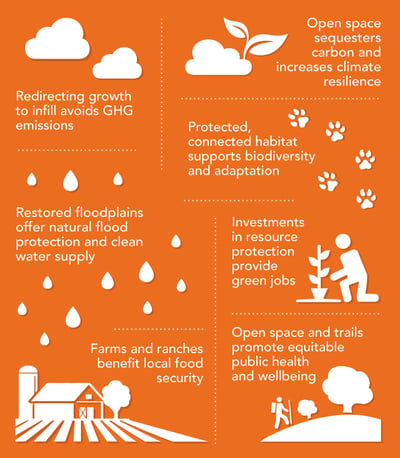 Why is this important? Sustainable agriculture plays a crucial role as a "nature-based solution" to combat climate change and is one of the most effective ways to enhance our long-term resilience to climate impacts while preserving the agricultural heritage and economy of our region. The World Bank estimates that nature-based solutions can contribute up to 37% of the necessary mitigation efforts by 2030 to meet the targets set in the Paris Agreement. The support and involvement of local governments are vital to achieving these goals.
Why is this important? Sustainable agriculture plays a crucial role as a "nature-based solution" to combat climate change and is one of the most effective ways to enhance our long-term resilience to climate impacts while preserving the agricultural heritage and economy of our region. The World Bank estimates that nature-based solutions can contribute up to 37% of the necessary mitigation efforts by 2030 to meet the targets set in the Paris Agreement. The support and involvement of local governments are vital to achieving these goals.
What kinds of sustainable agriculture practices are we talking about?
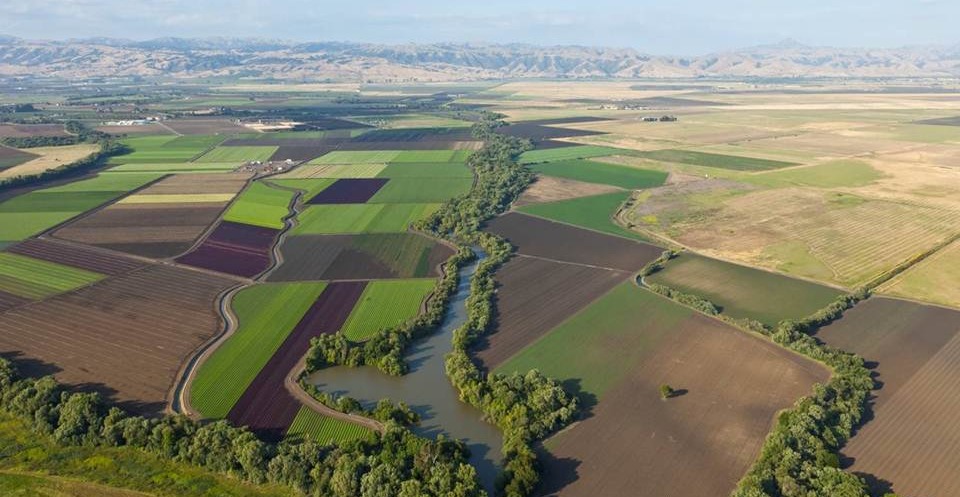
Preserving farmland
Protecting natural and working lands is one of the smartest investments we can make to increase our resilience from the climate crisis. As the climate becomes more variable, having more places to grow our food is critical for long-term food security. Additionally, more land outside our cities used for sustainable agriculture means less land used for sprawl development that causes greater greenhouse gas emissions, not to mention increases traffic on our roads.
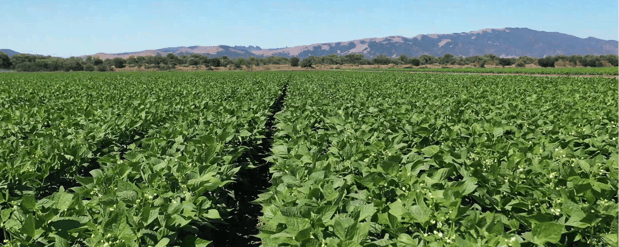
Managing Water Resources
Efficient irrigation practices are vital to preserving our water resources in times of drought. Agriculture can be water-intensive, so utilizing water-wise irrigation methods, like drip and sprinkler irrigation, is critical to protecting this increasingly threatened resource. Agricultural lands can promote water absorption into soil and increase drinking water supply. Working farms and agricultural lands can also reduce flood risks by spreading stormwater before it heads into urban communities downstream.
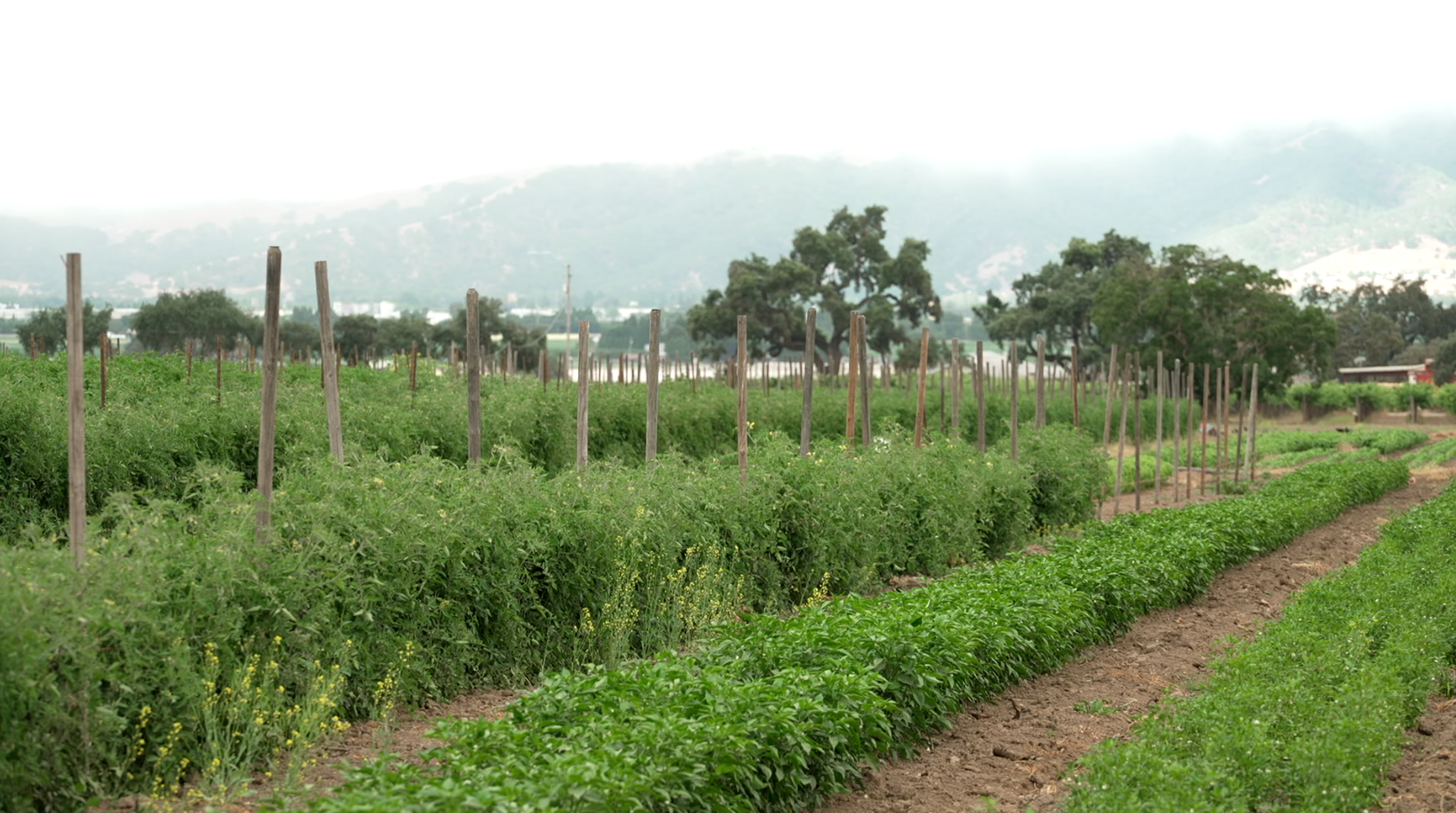
Organic farming
Organic agriculture is the practice of farming without the use of synthetic pesticides or fertilizers. Currently, roughly 6% of California’s irrigated cropland is organic, more than any other state in the United States. Organic agriculture is beneficial for a variety of reasons, but one key benefit is its support of biodiversity, including native plants, pollinators, and a variety of wildlife that live in surrounding open spaces.
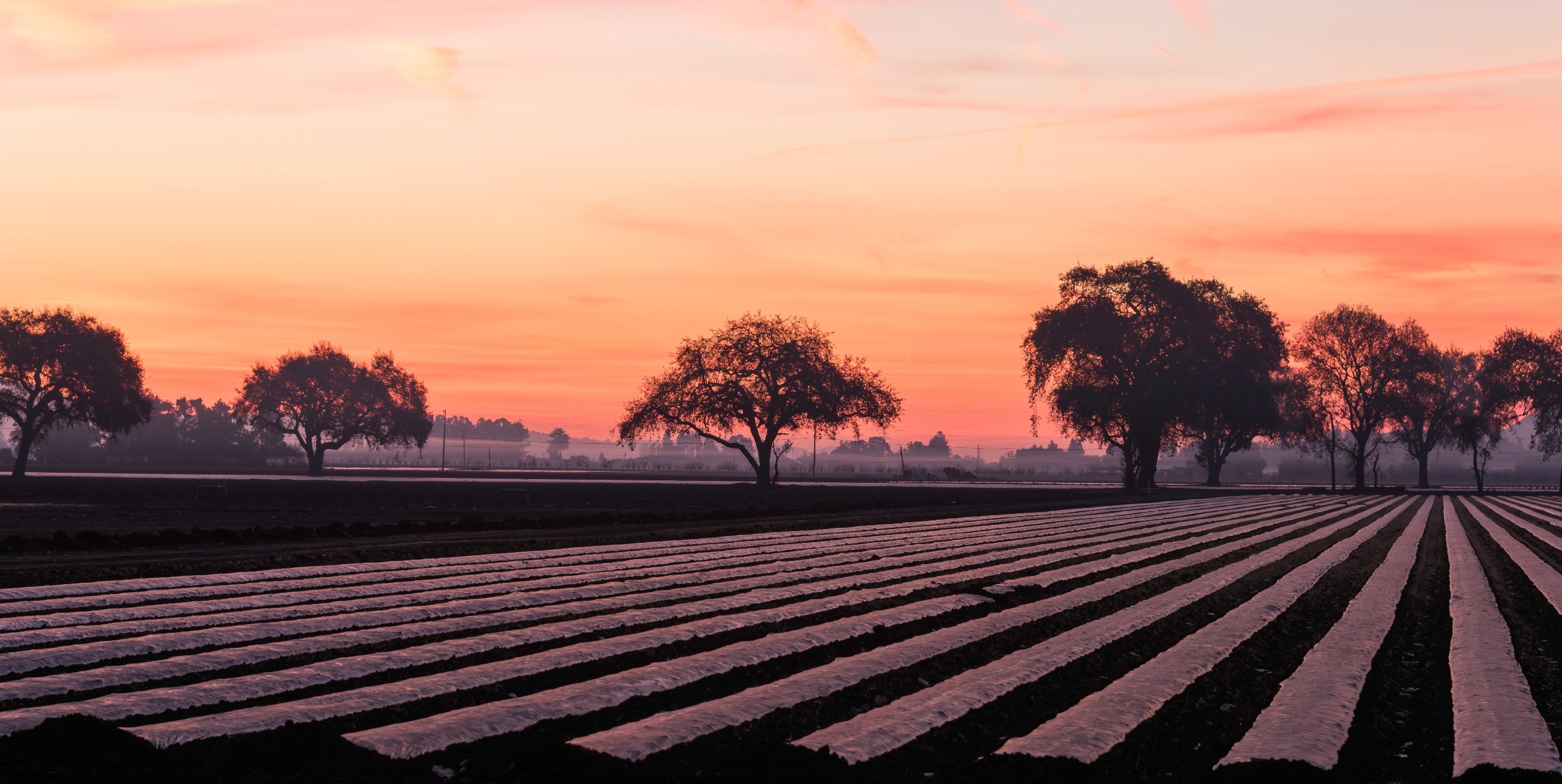
Regenerative Agriculture
Regenerative agriculture is a powerful practice that nurtures the soil while cultivating food. Farmers have a range of methods at their disposal to achieve this successfully. For instance, they can adopt low or no-till farming techniques to prevent excessive disruption of the soil, which can lead to runoff and erosion. Additionally, farmers and ranchers can plant cover crops, diversify their crop selection, and apply compost, among other strategies, to foster the growth of healthy soils. These nutrient-rich soils not only capture more carbon from the atmosphere but also provide numerous benefits to farmers, such as resilient crops and bountiful harvests.
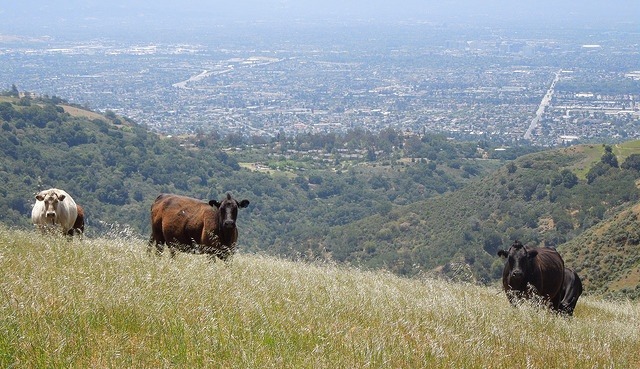
Reducing Emissions through Conservation Grazing
Conservation grazing, the strategic distribution of cattle throughout a landscape to graze, is an effective land management practice. This reduces the growth of invasive plants, like yellow star thistle, barbed goat grass, and artichoke thistle. Additionally, conservation grazing can reduce emissions through mitigating catastrophic wildfires. Grazing reduces the amount of dry grass on the land, which can help slow the spread of wildfires, reduce fire intensity, and in turn, reduces fire-based emissions that lead to poor air quality.

Support the local food system with a smaller footprint
A thriving and vibrant local food economy not only allows you to lower your carbon footprint by purchasing locally produced food, but it also contributes to the growth and sustainability of the local economy. By supporting local agriculture through farmers markets, fruit stands, and other locally sourced products, you are actively investing in the well-being of your community.

Farmworker Housing
Treating farmers and farmworkers with respect is critical to maintaining agricultural viability locally, not to mention that it’s just the right thing to do. Local, affordable housing is extremely important to keeping our local food systems sustainable.
The Open Space Authority conserves farms and ranches, and also works with the agricultural community to sustain the long-term viability of agriculture in our region. To learn more about how the Open Space Authority works to protect the Santa Clara Valley’s agricultural viability, click here.
